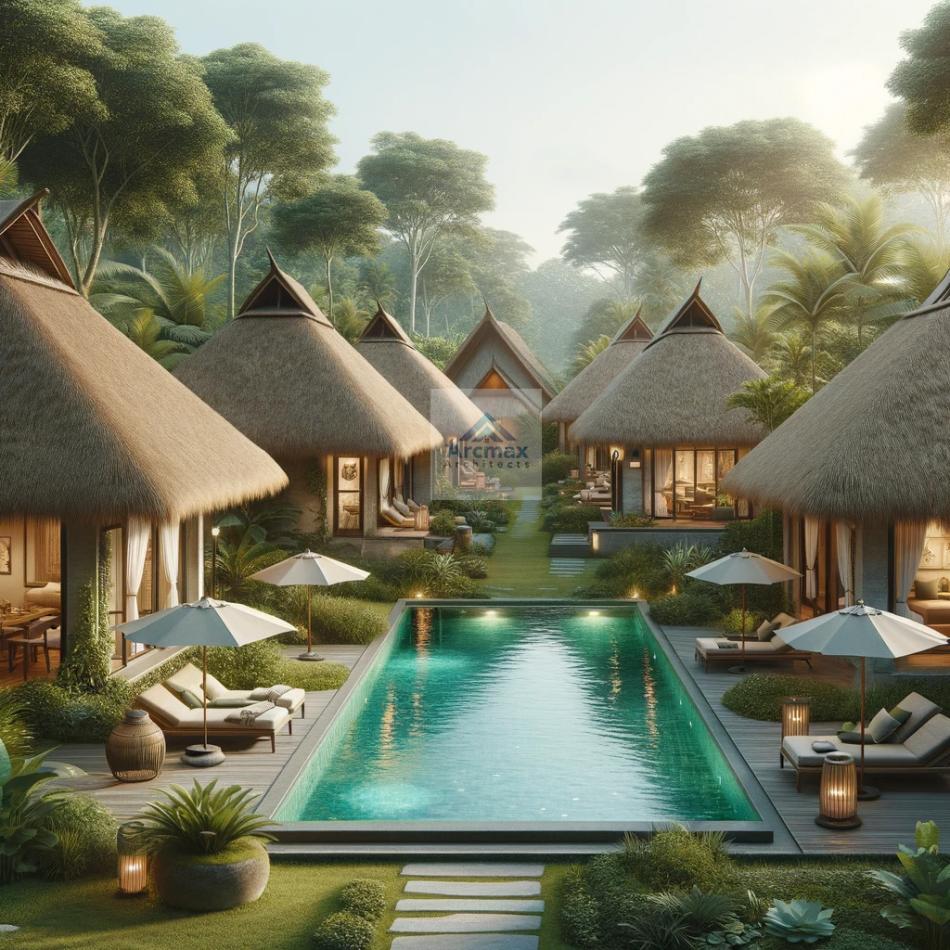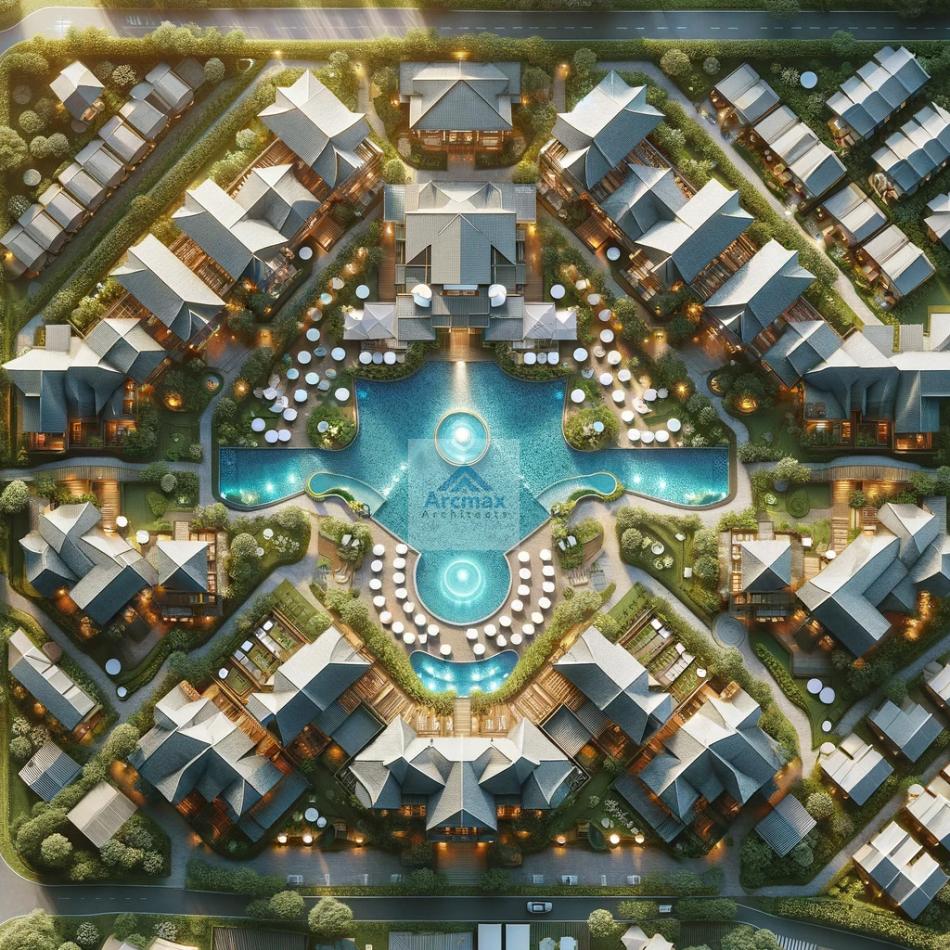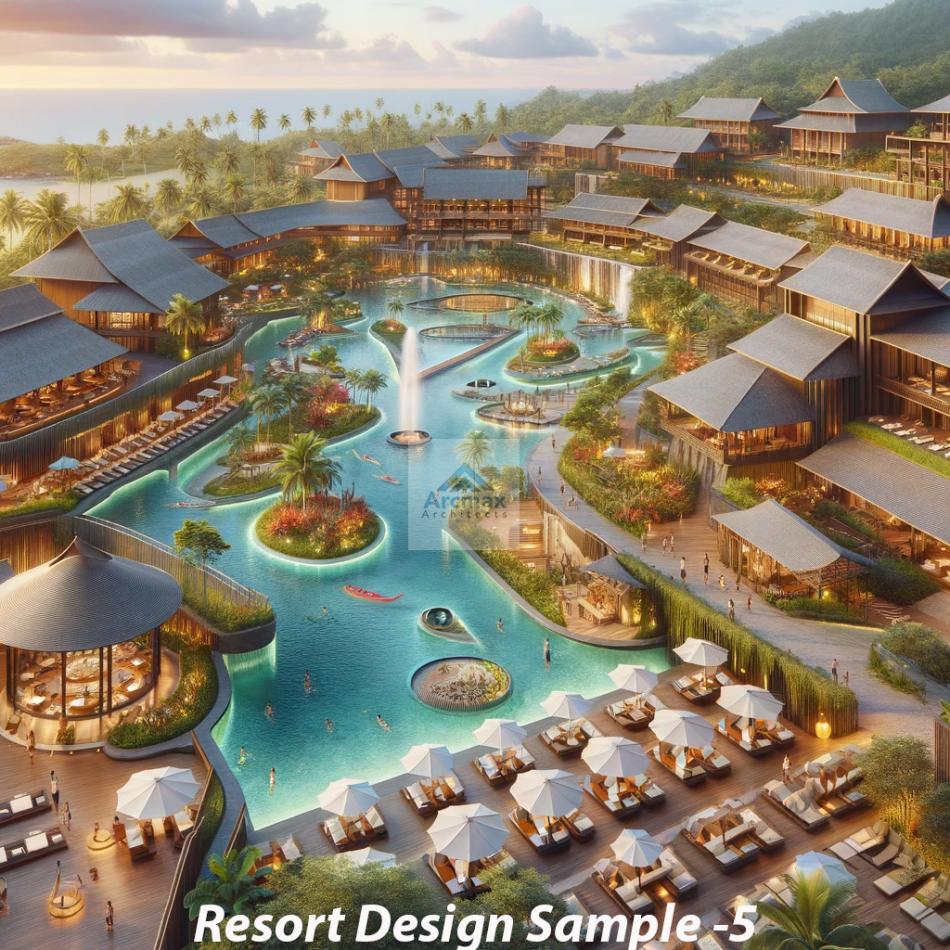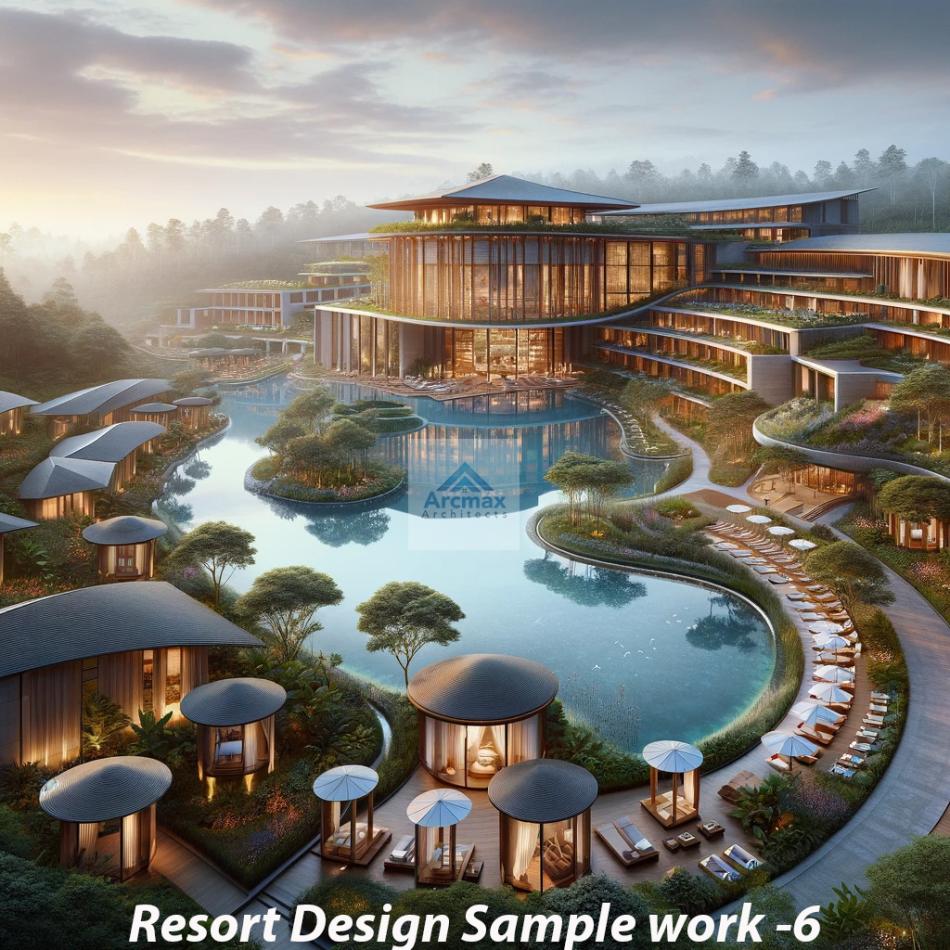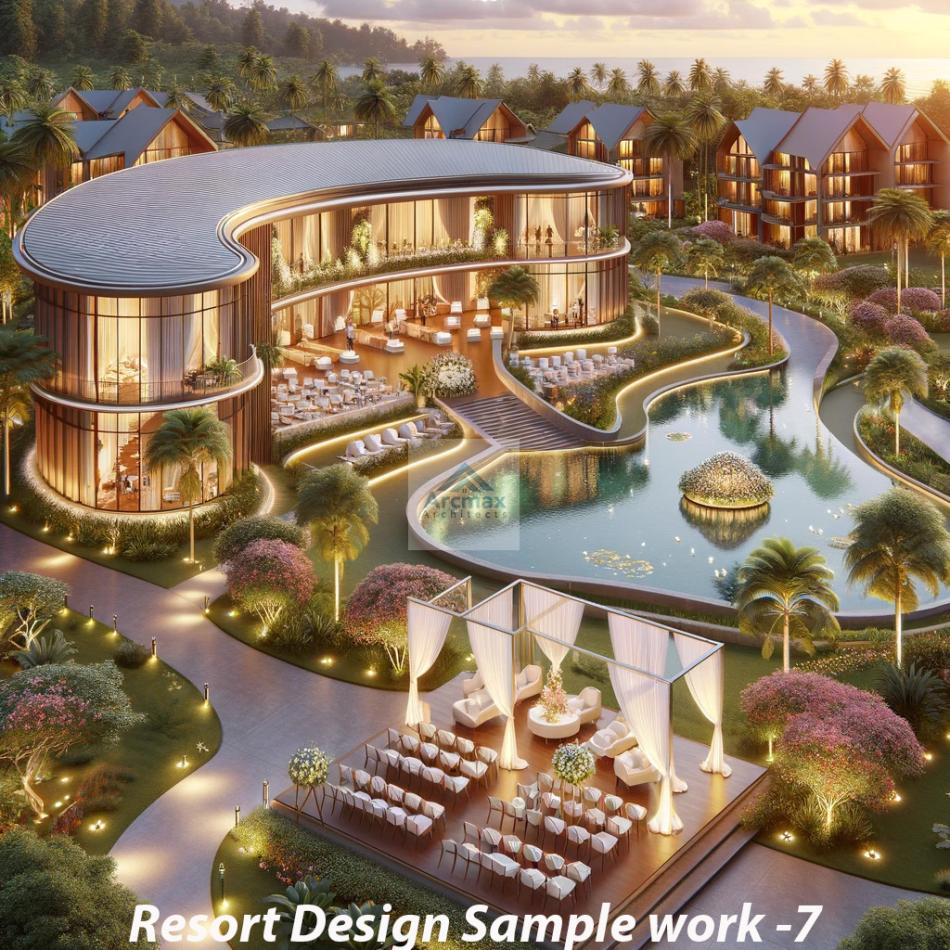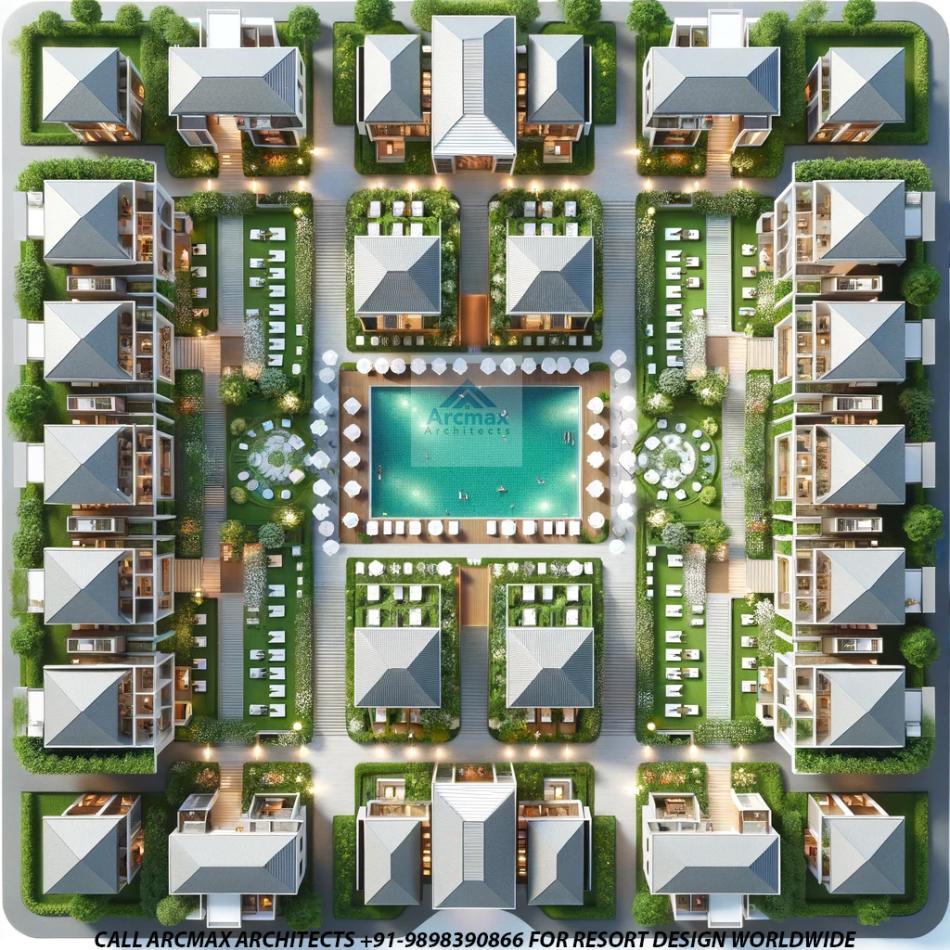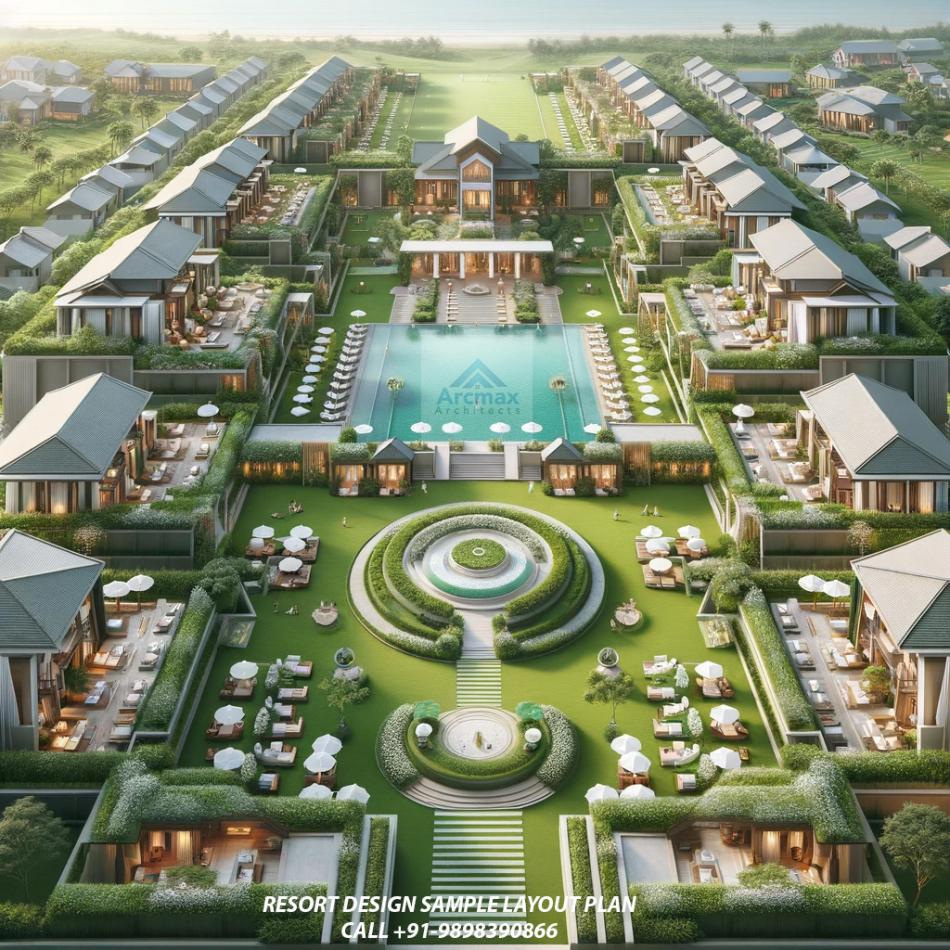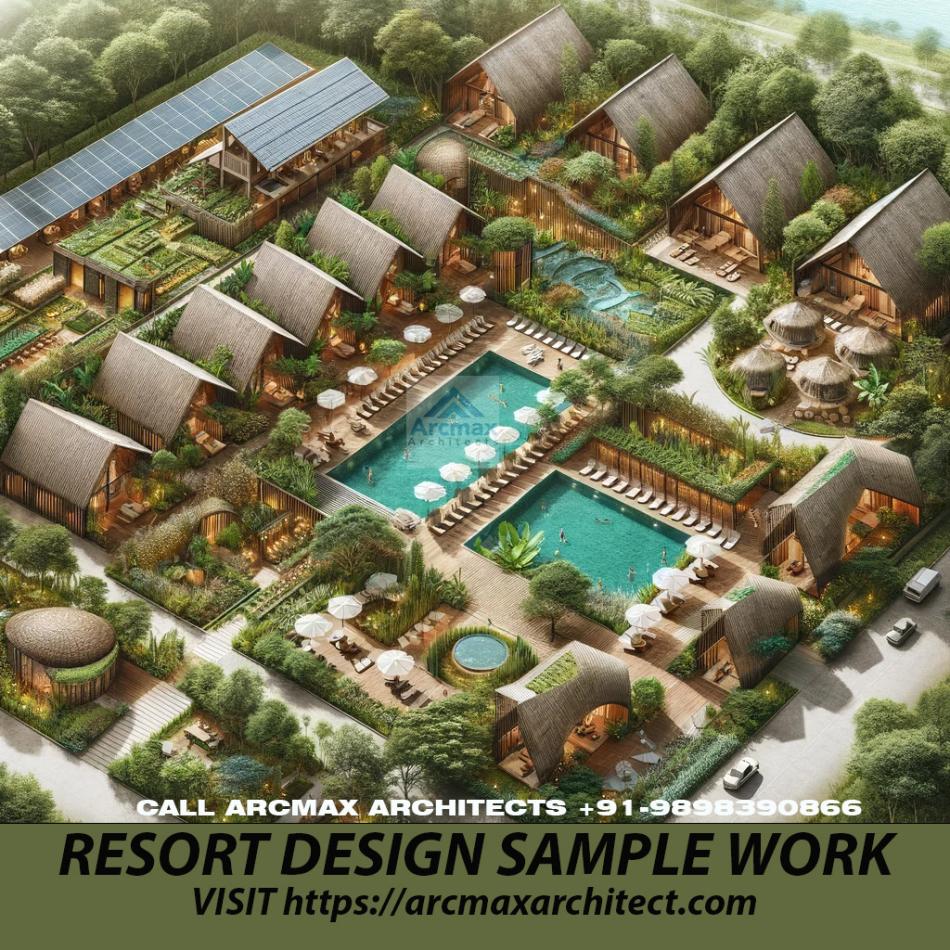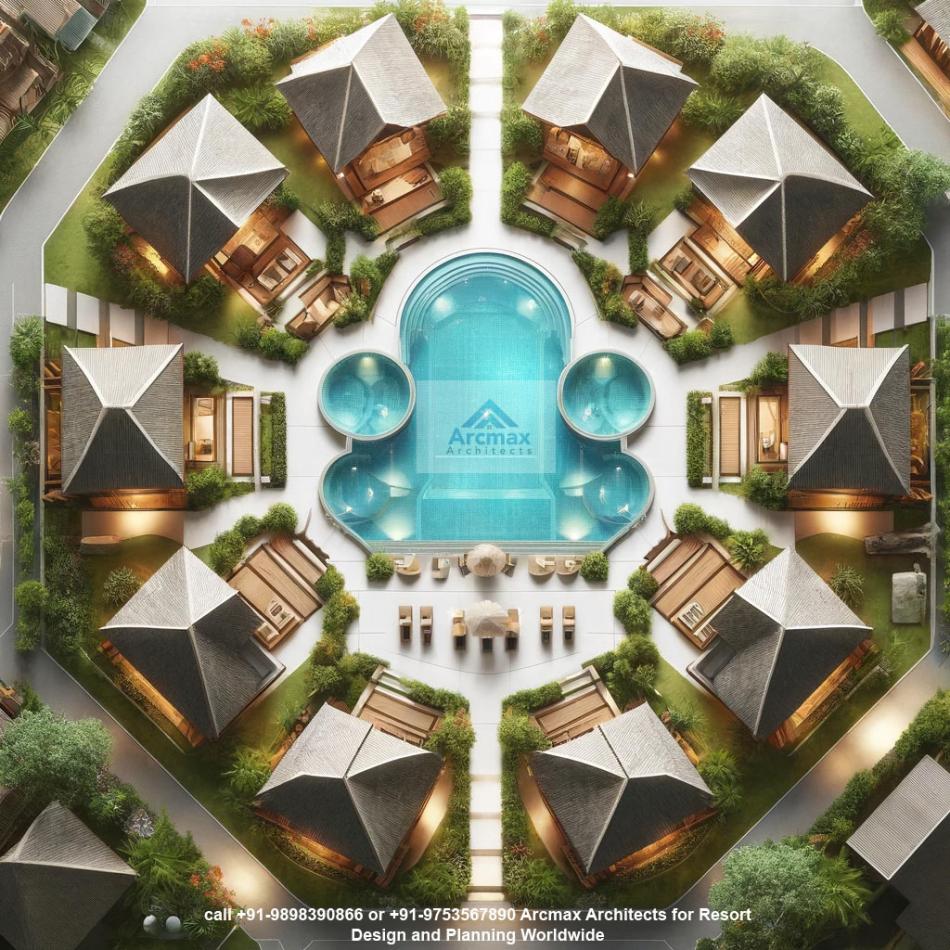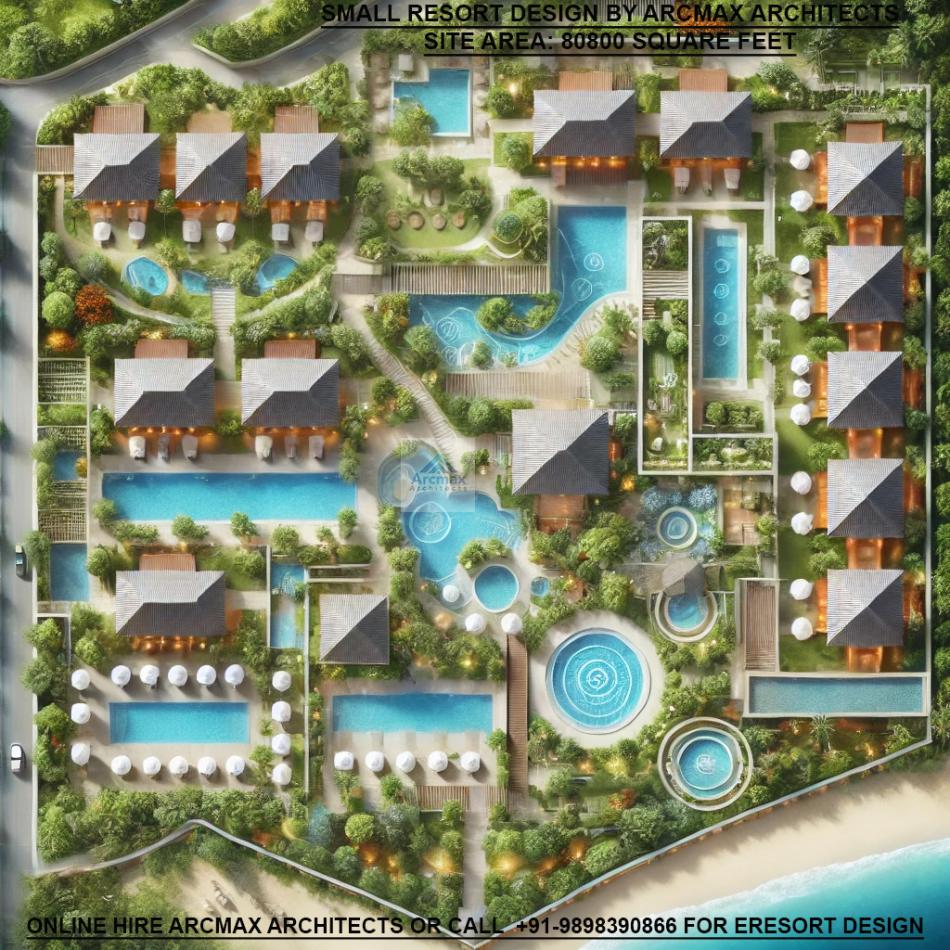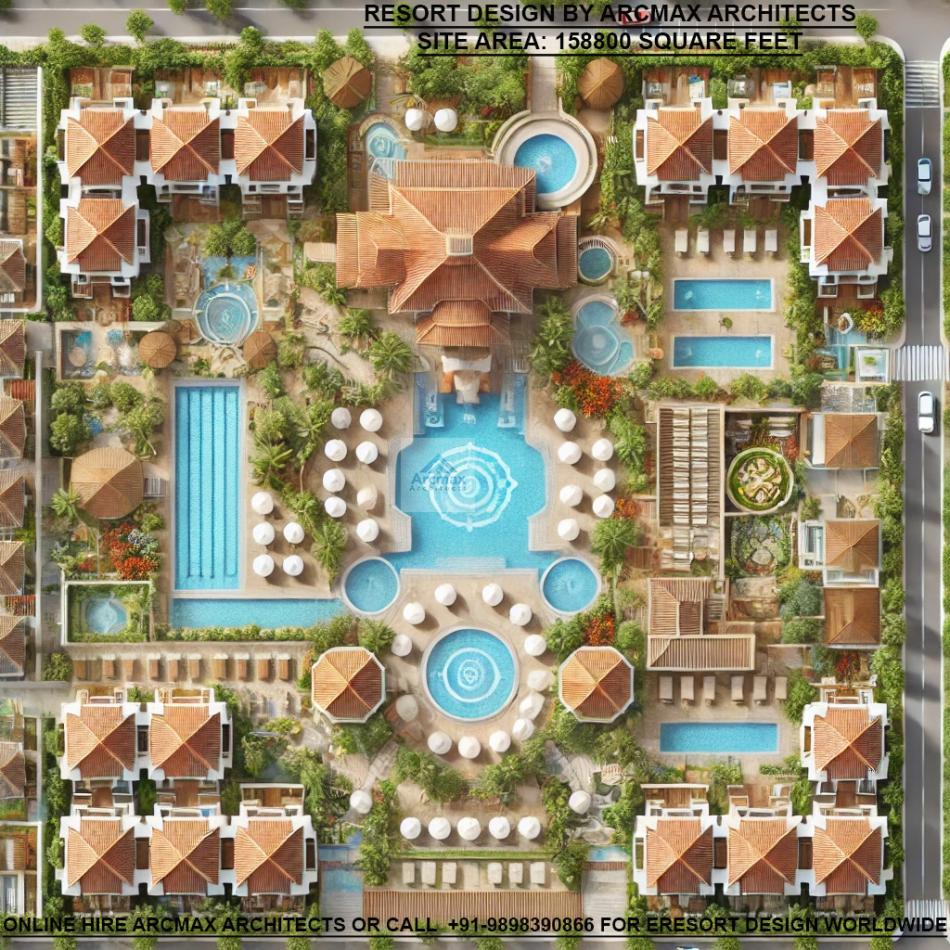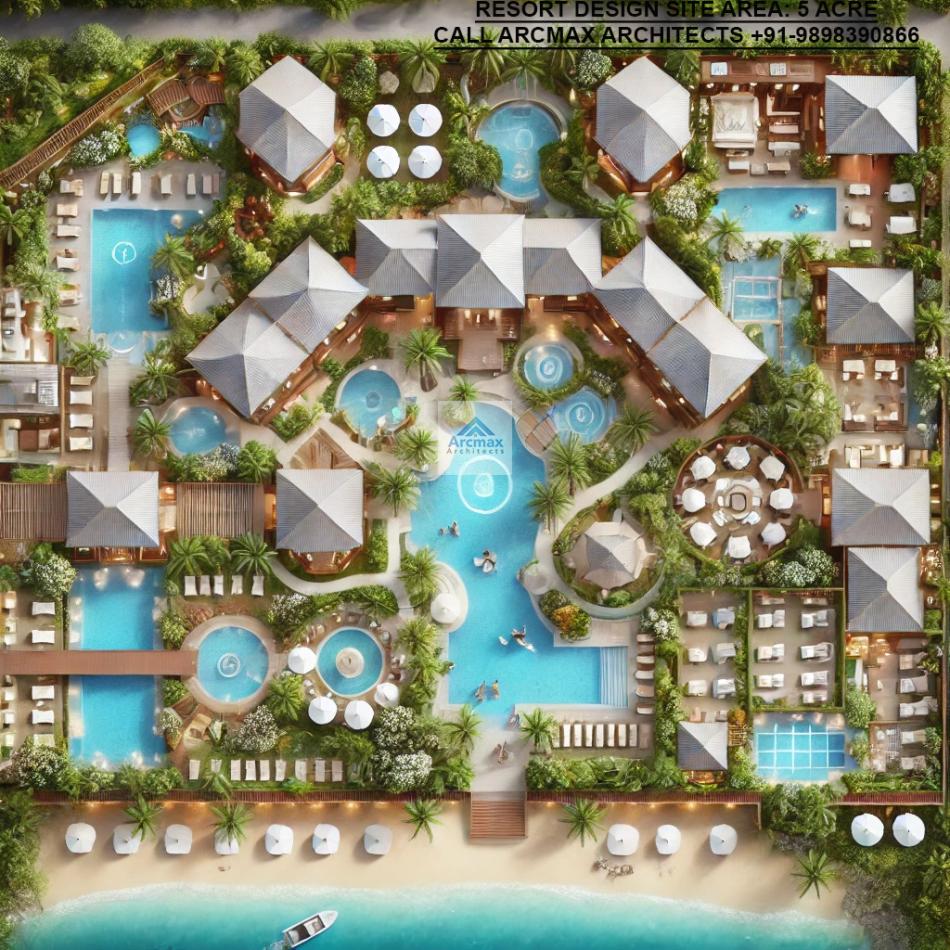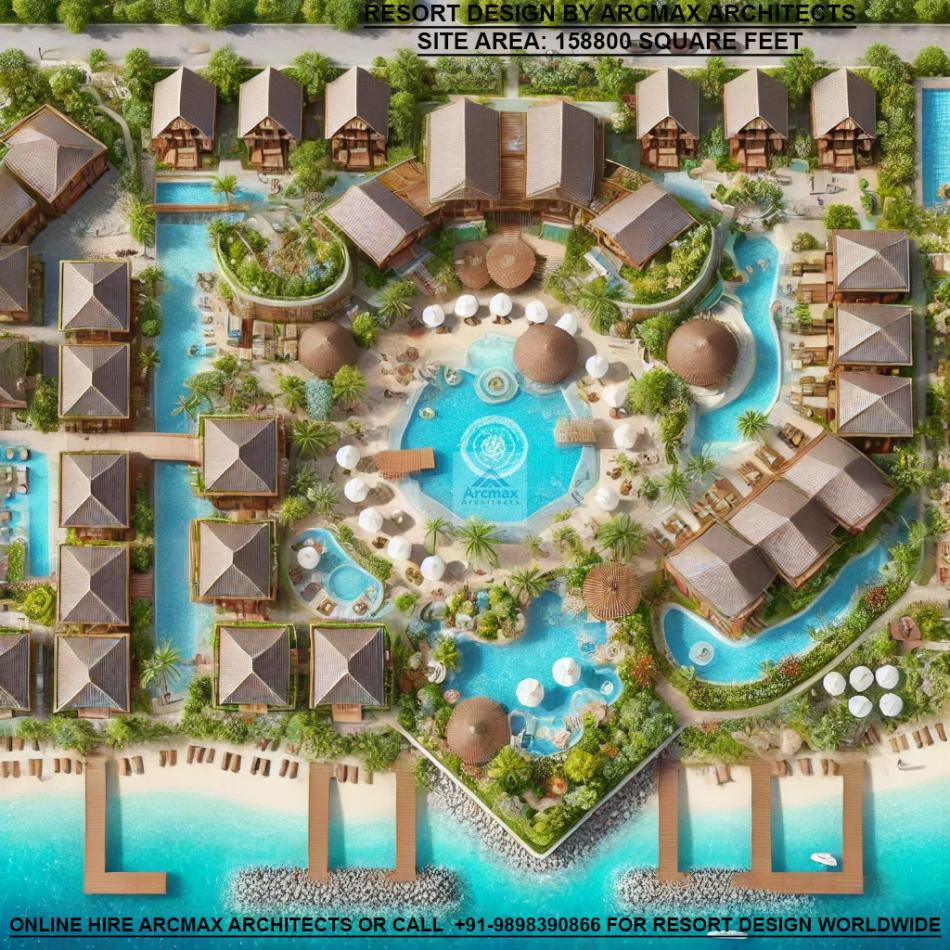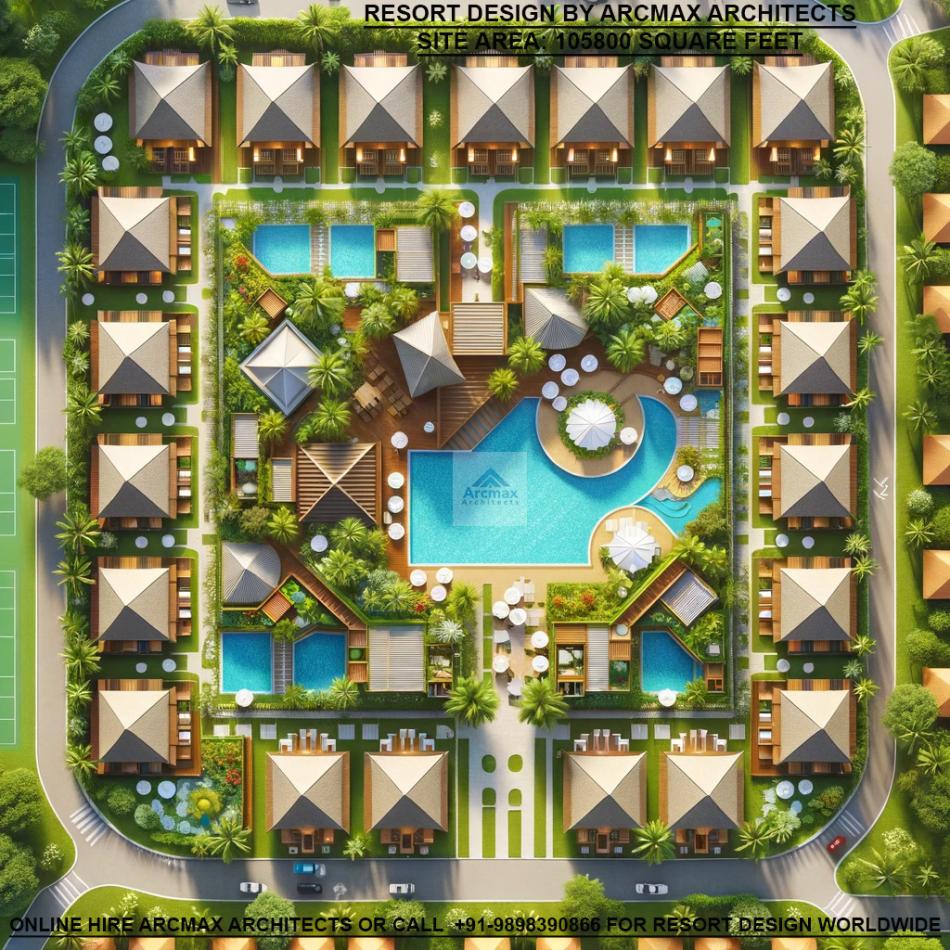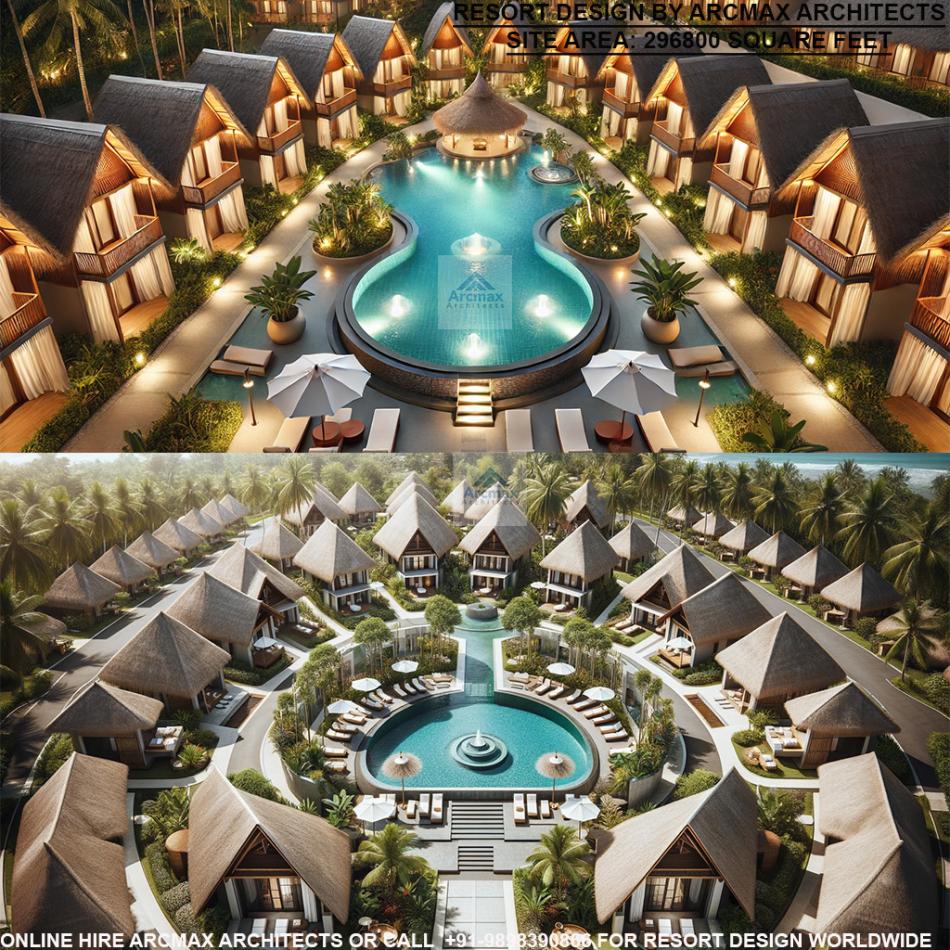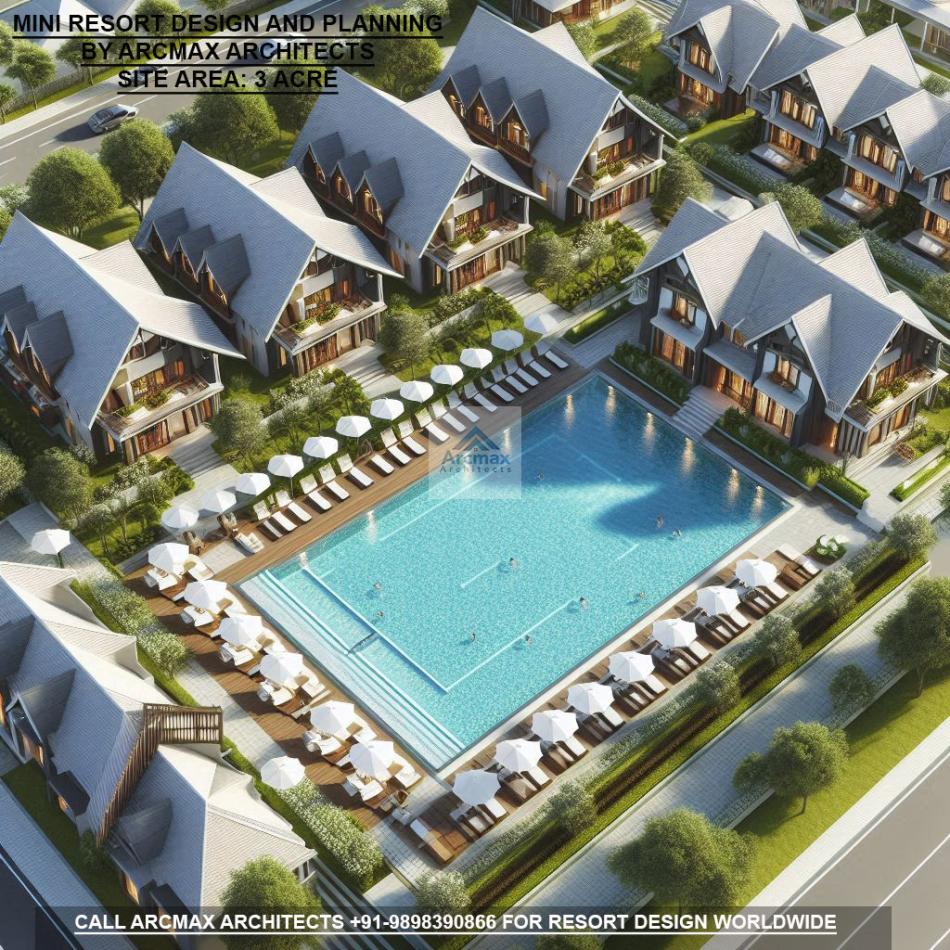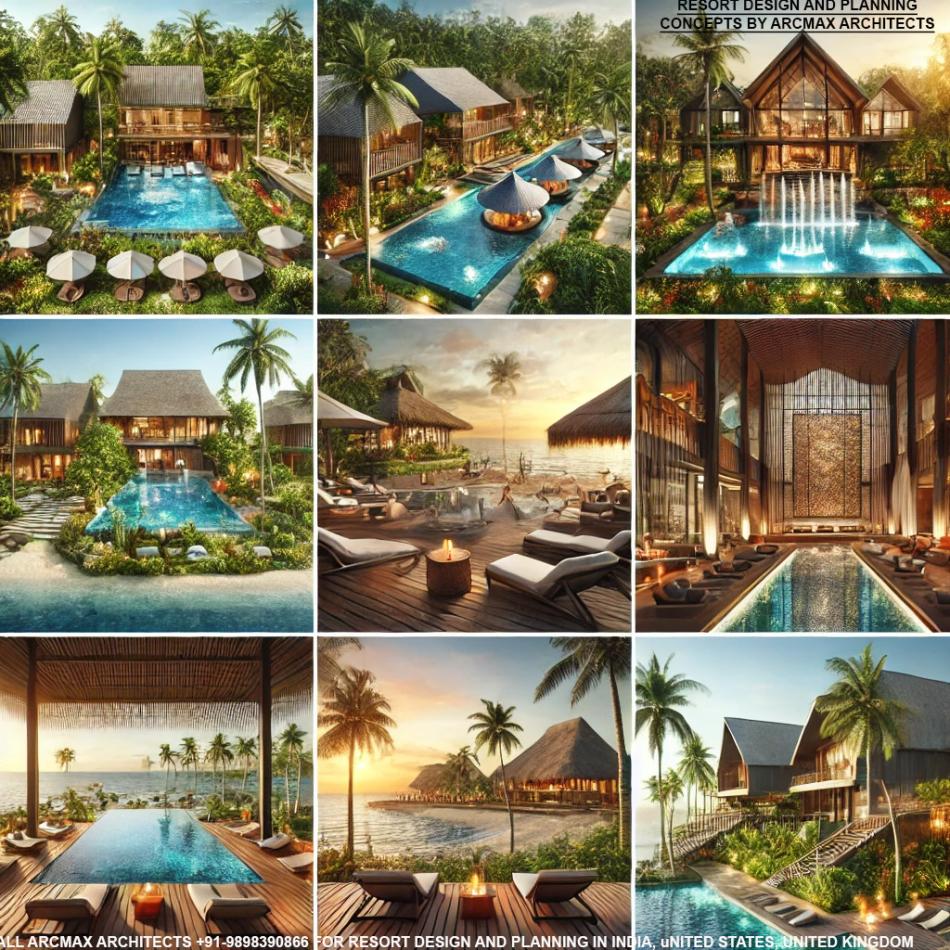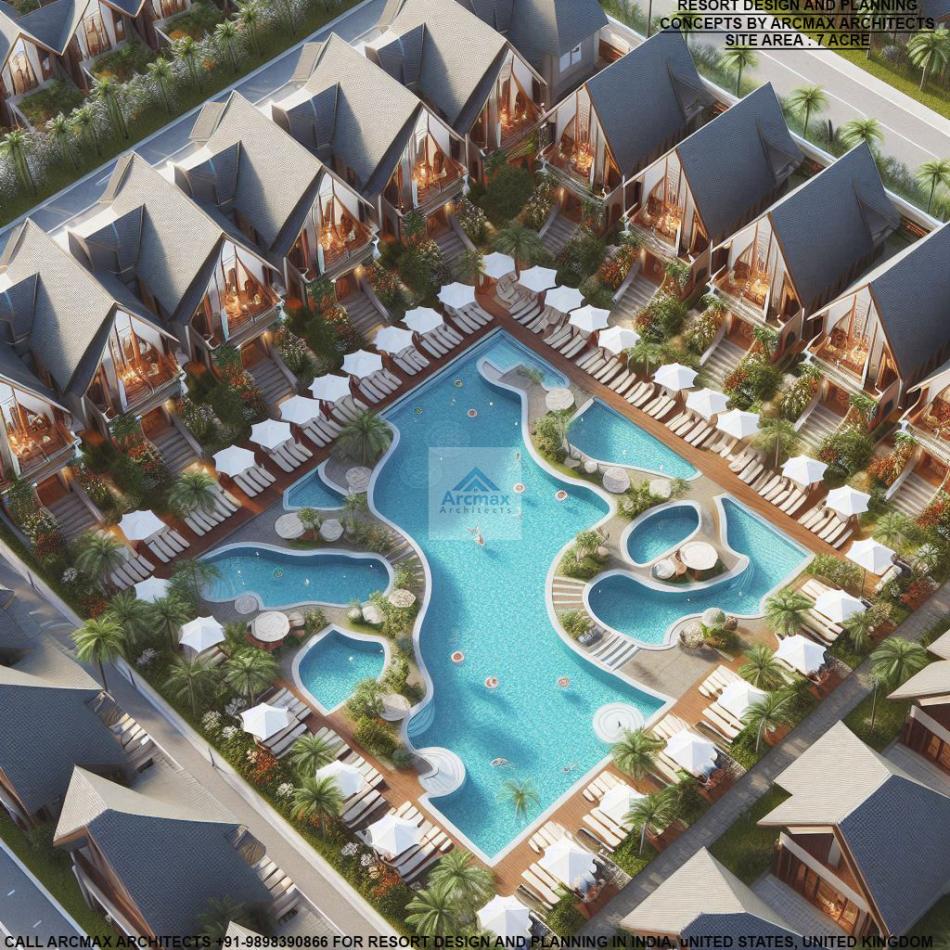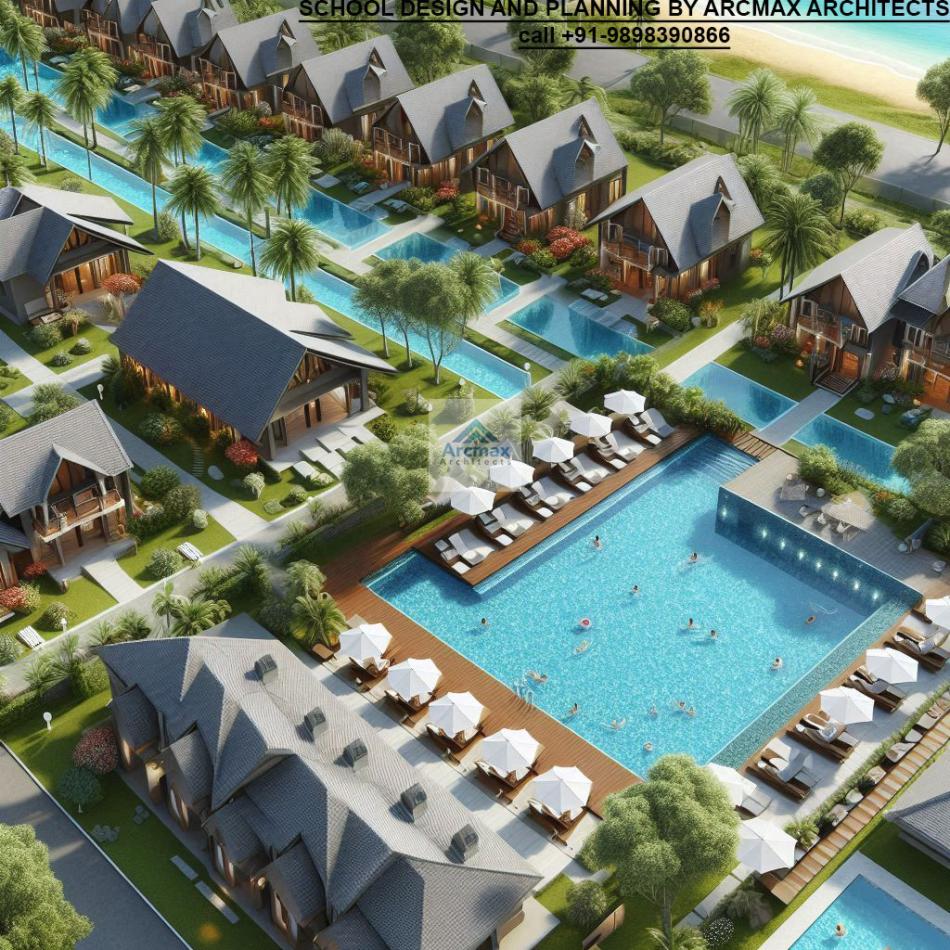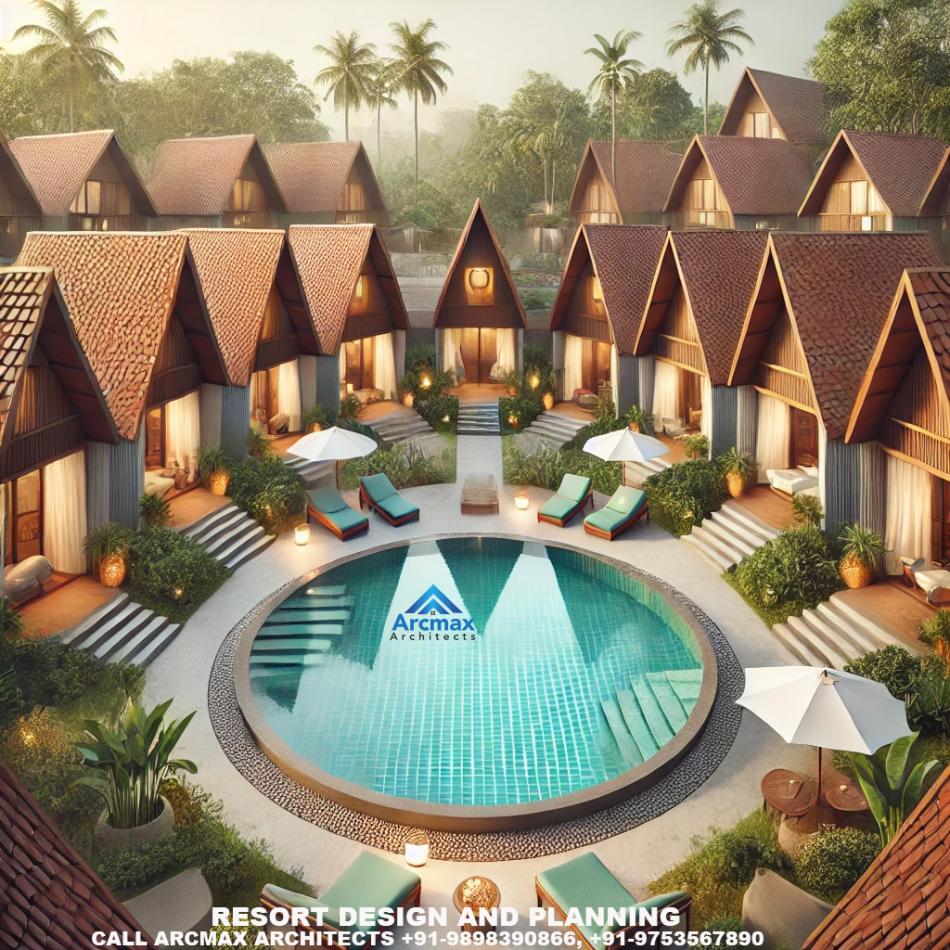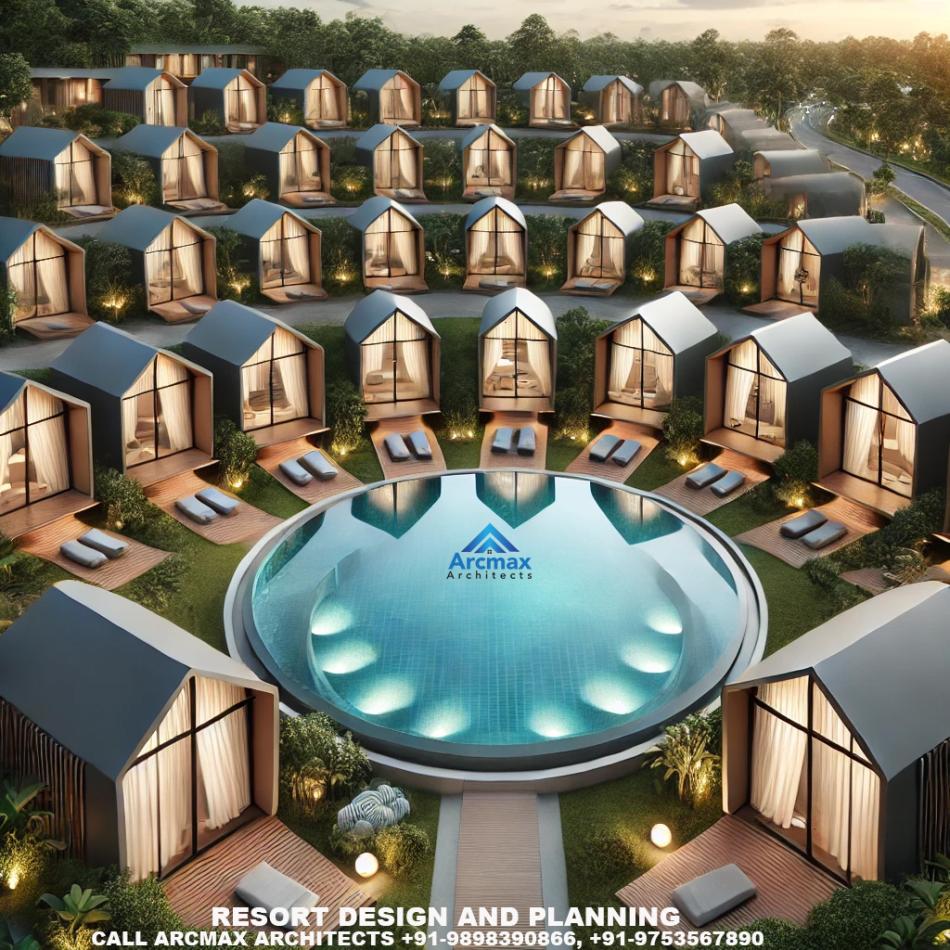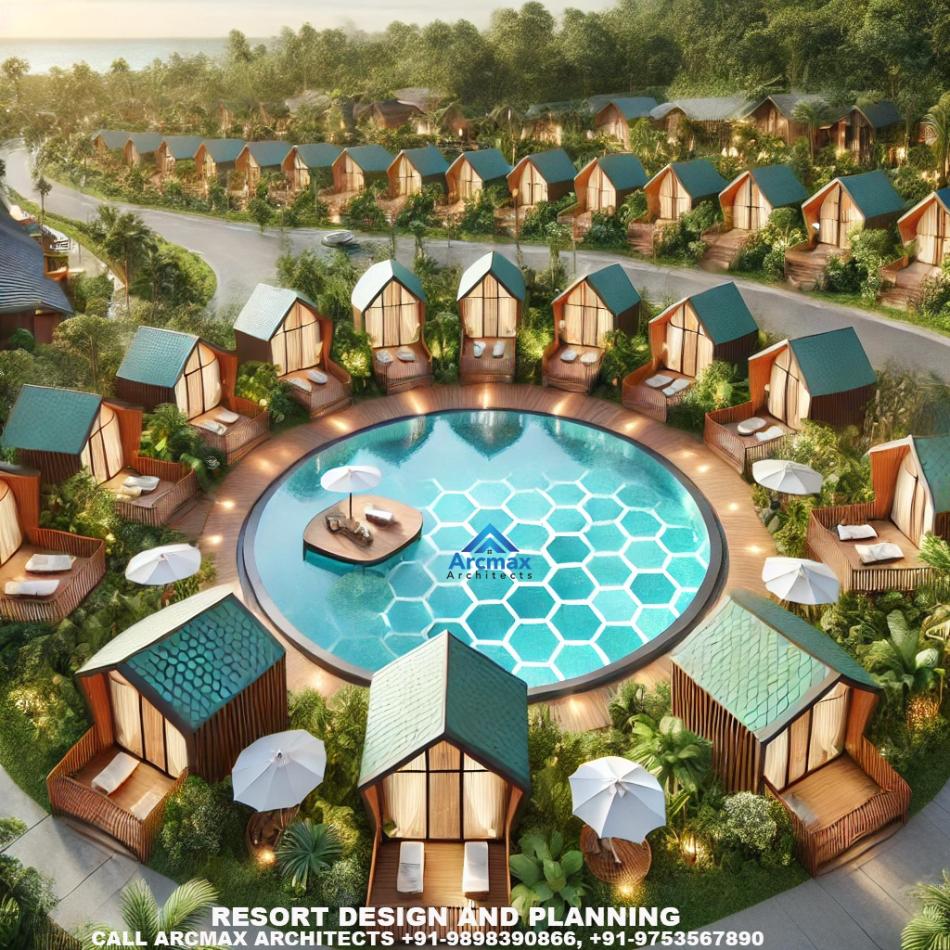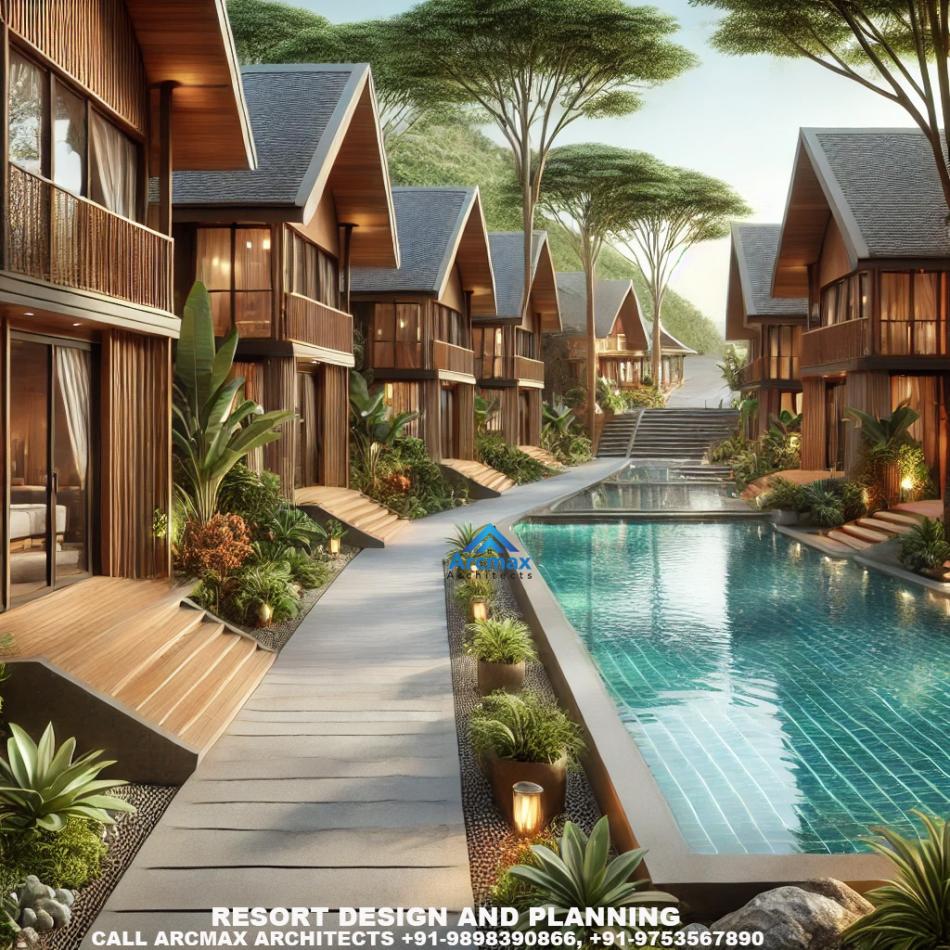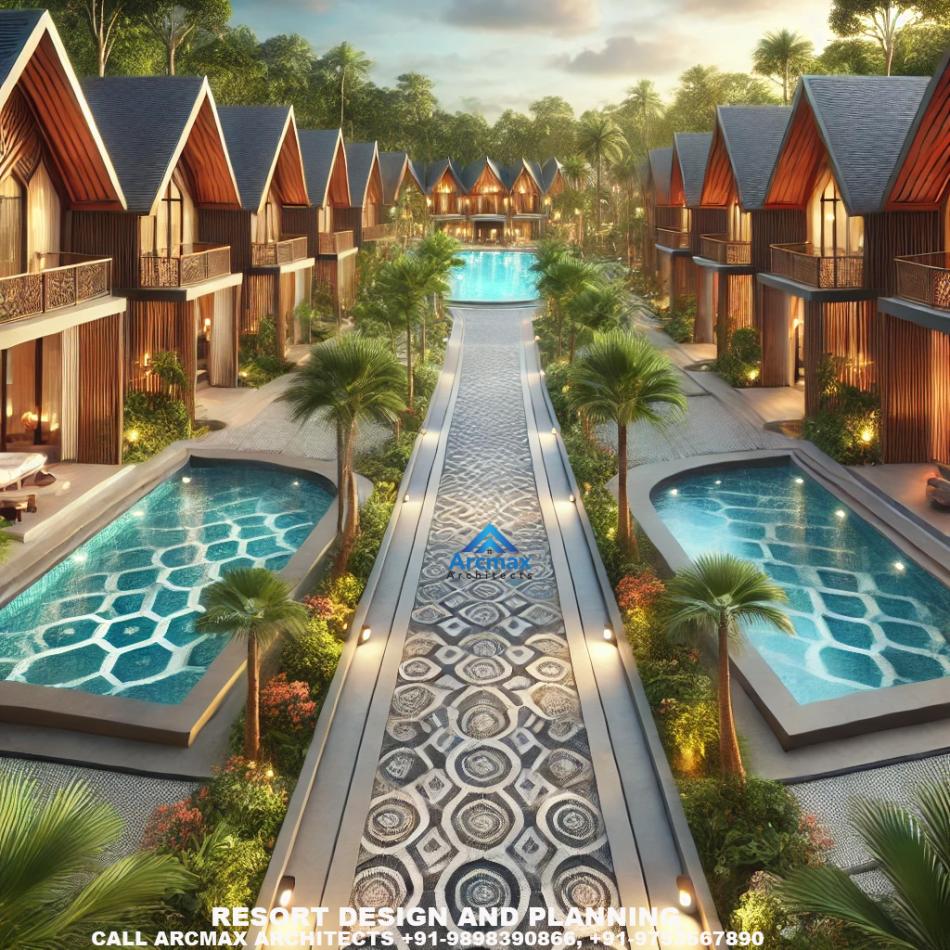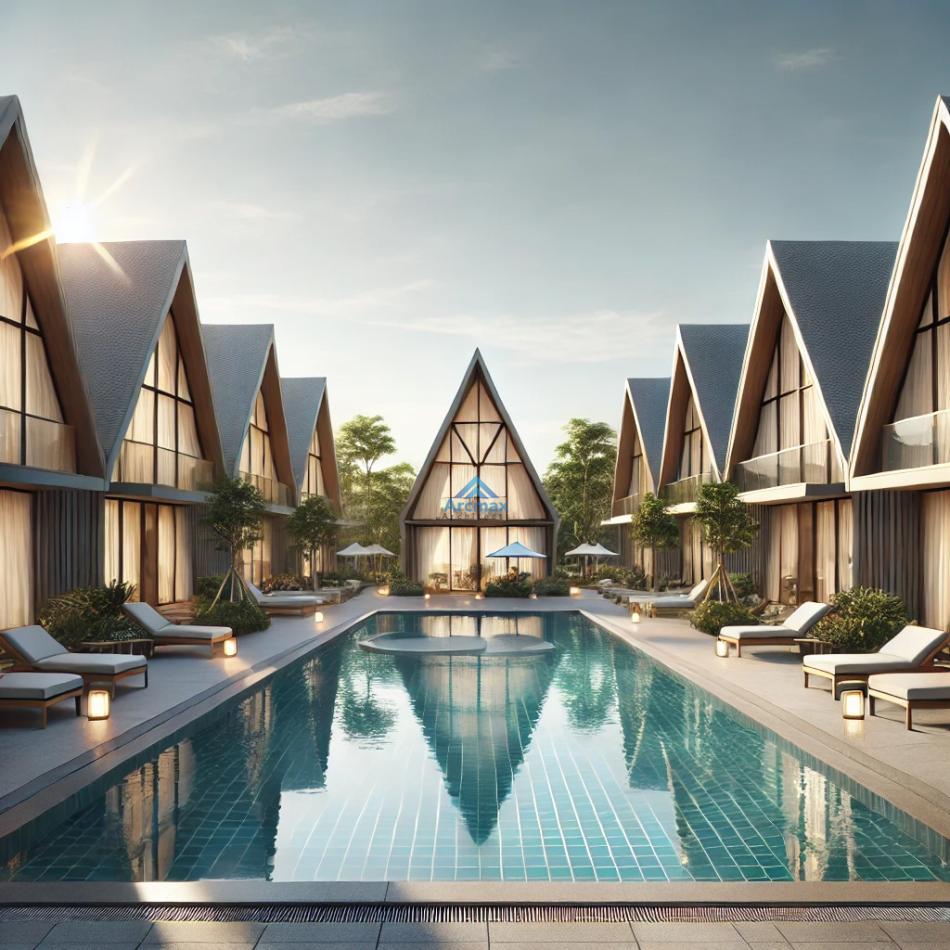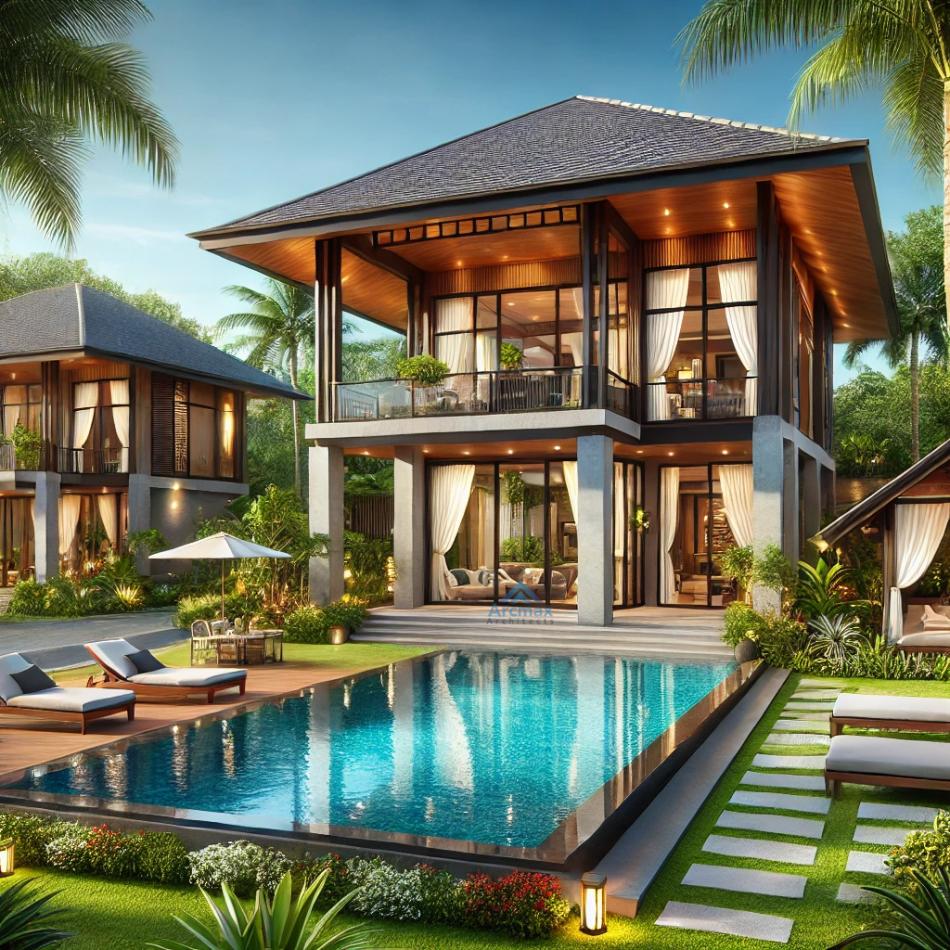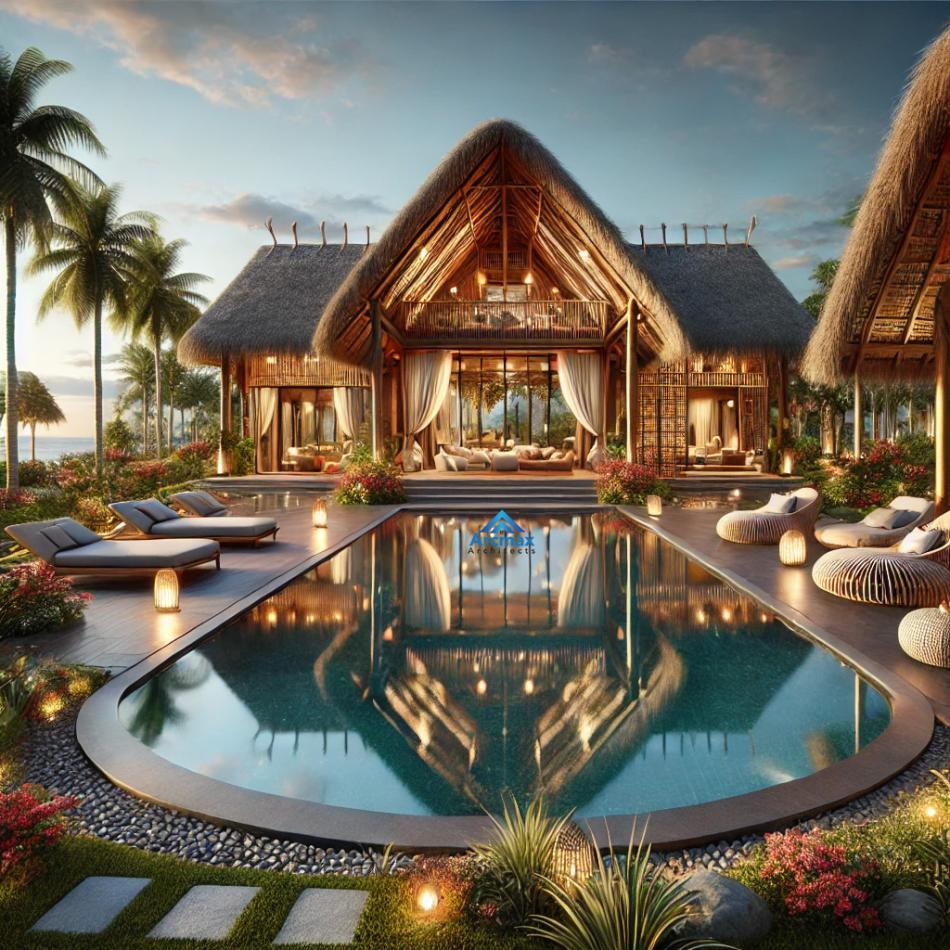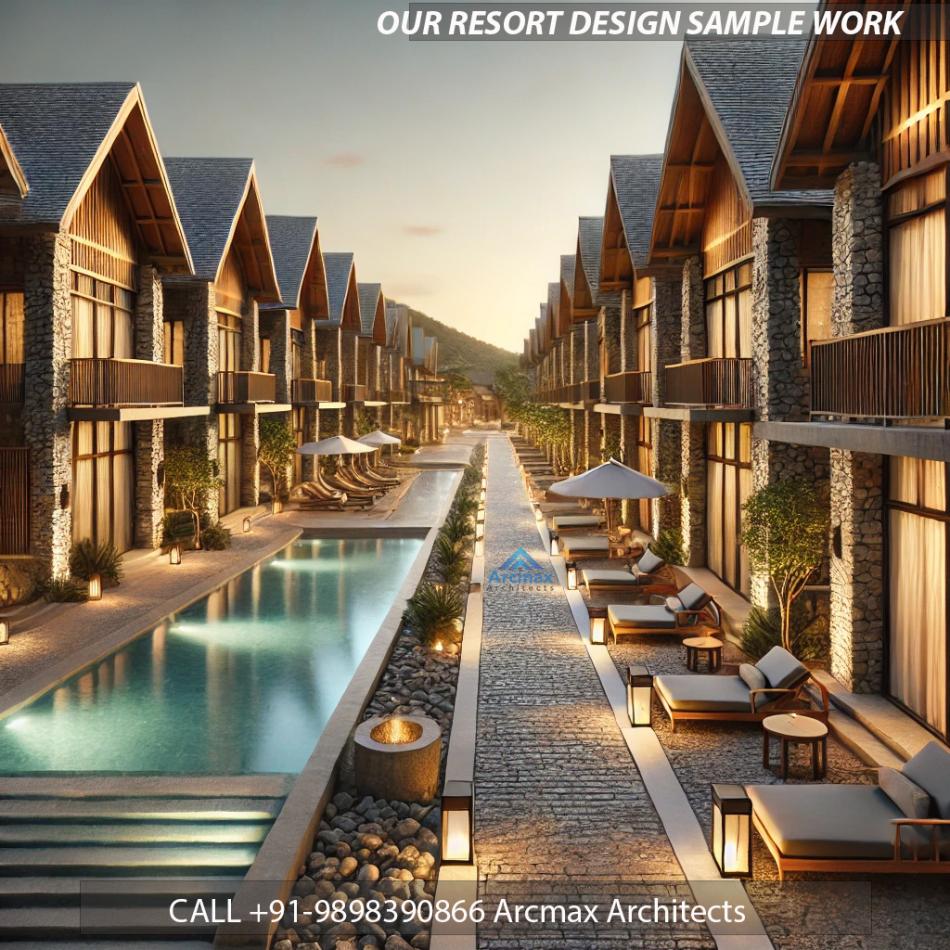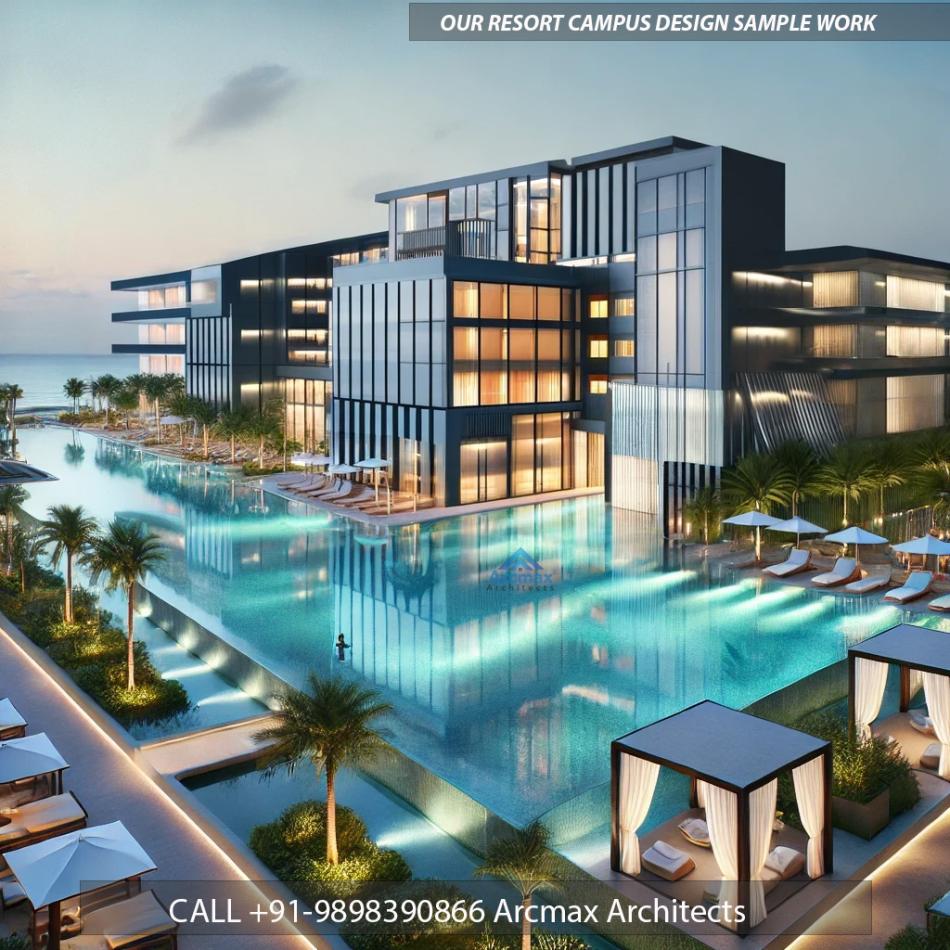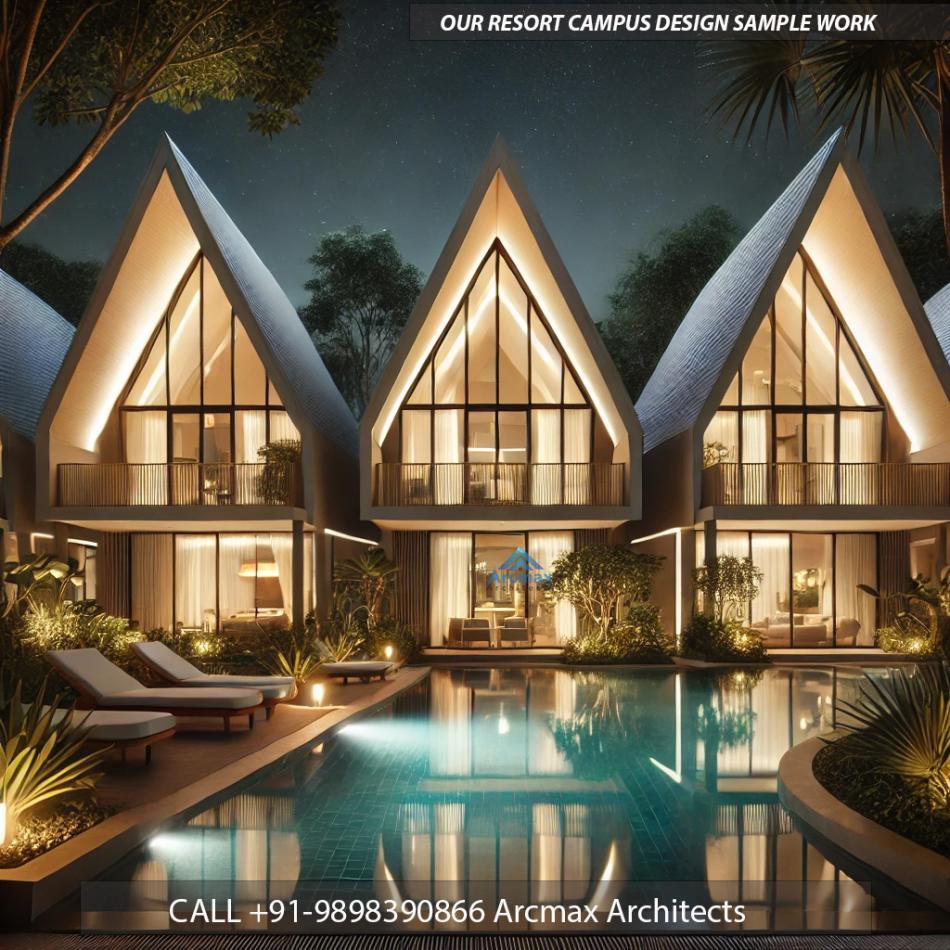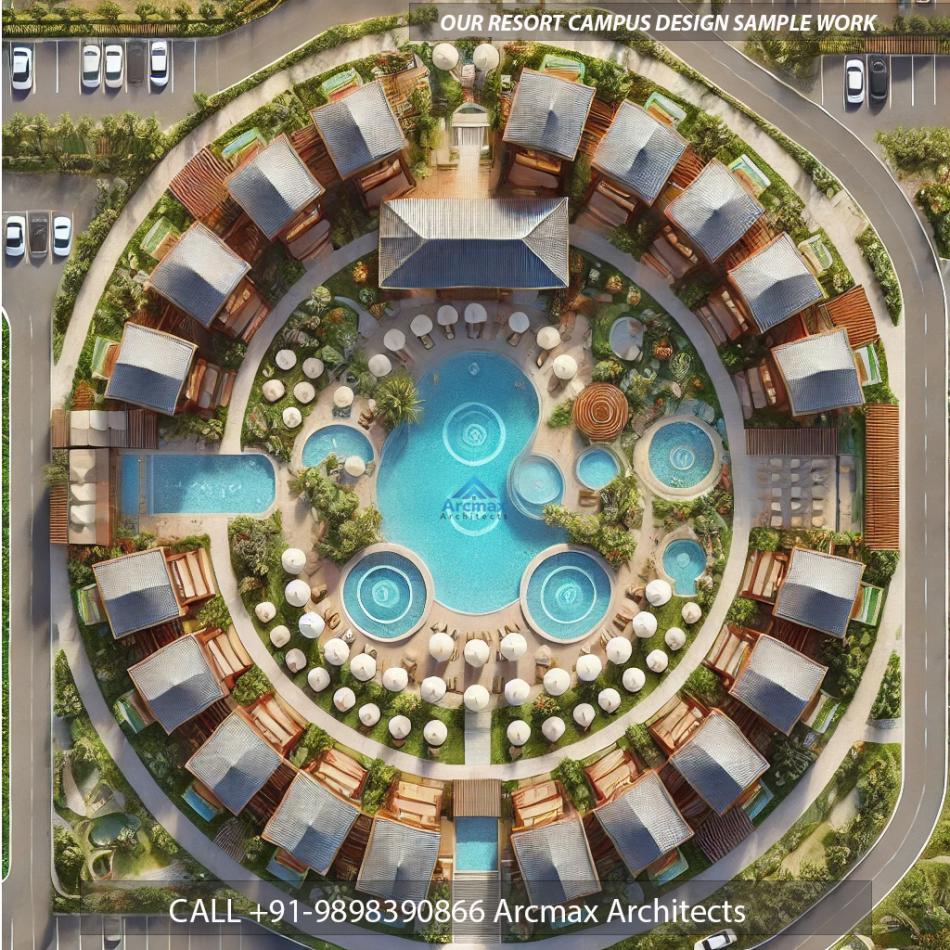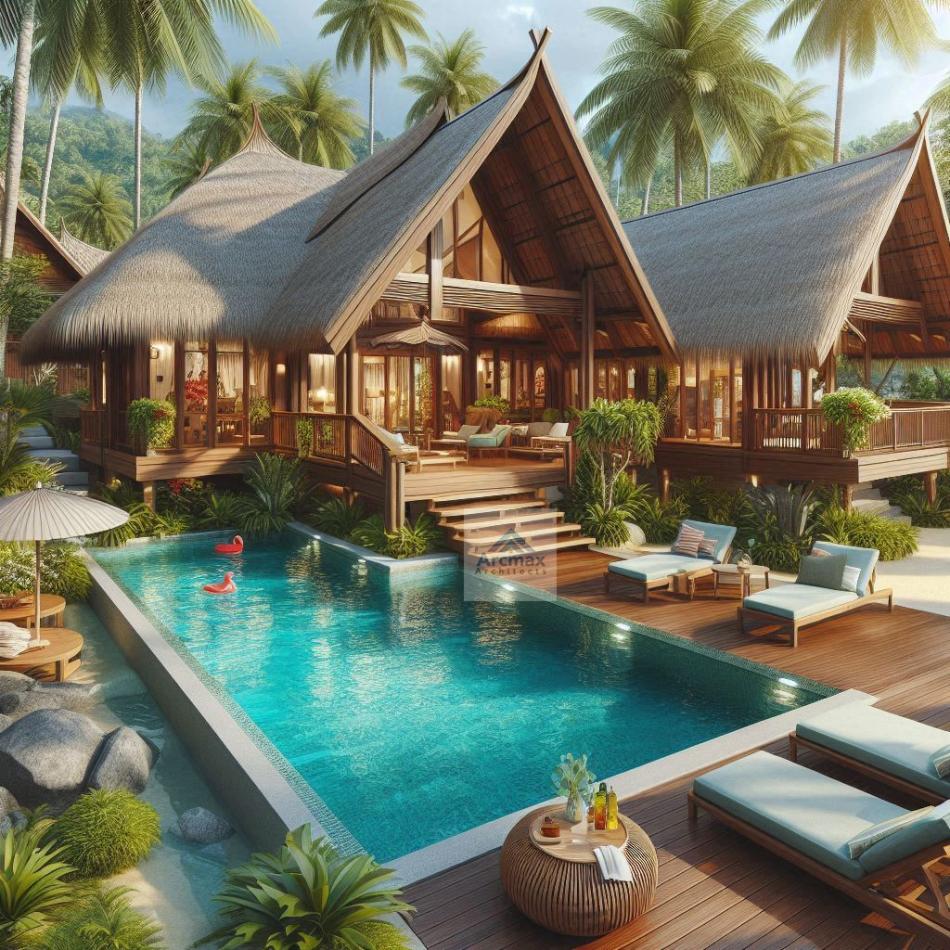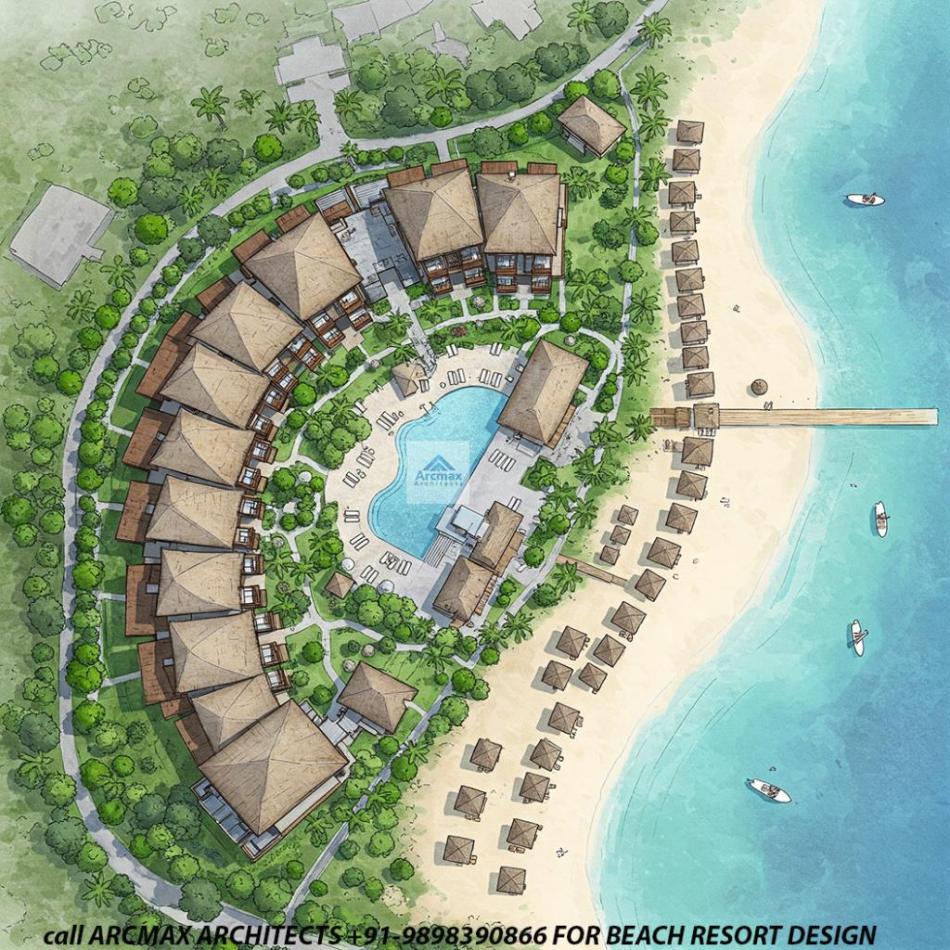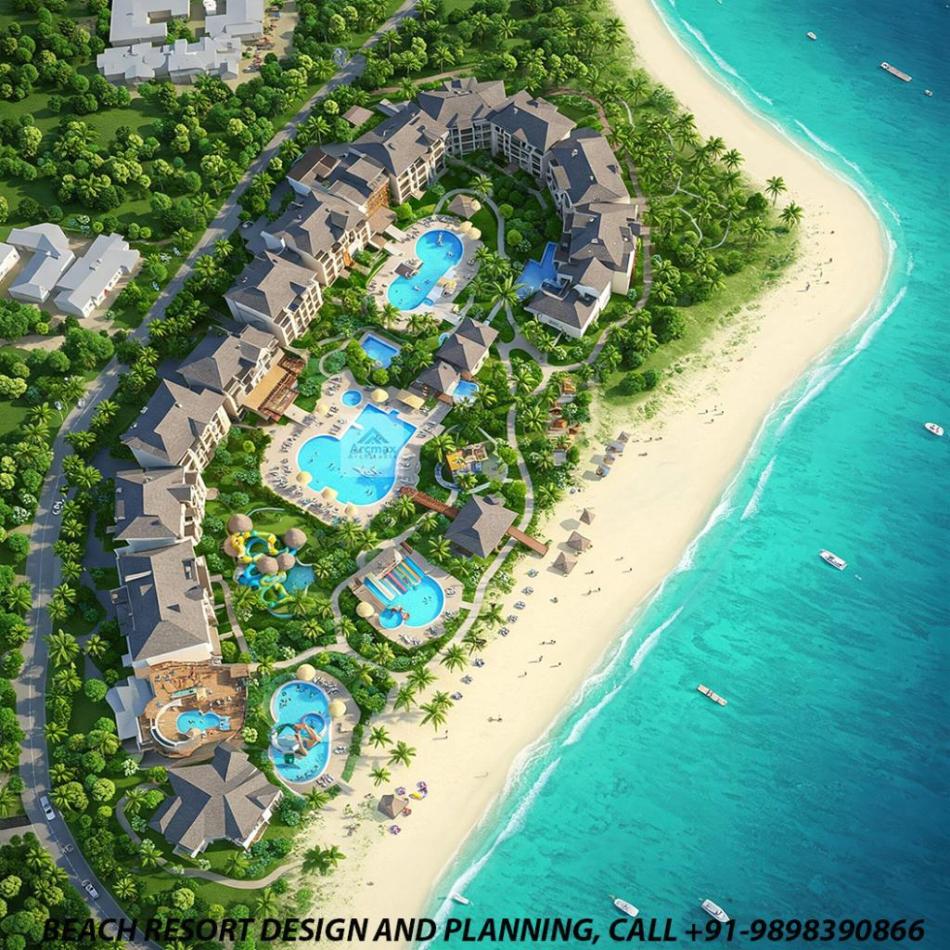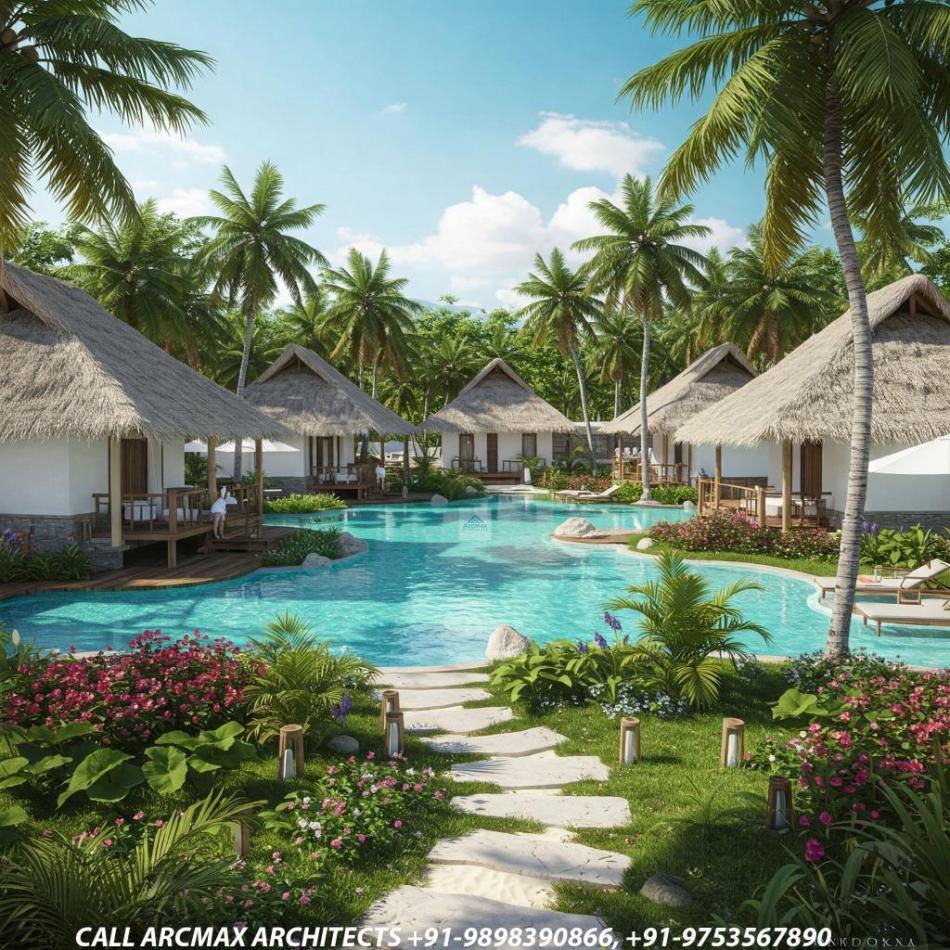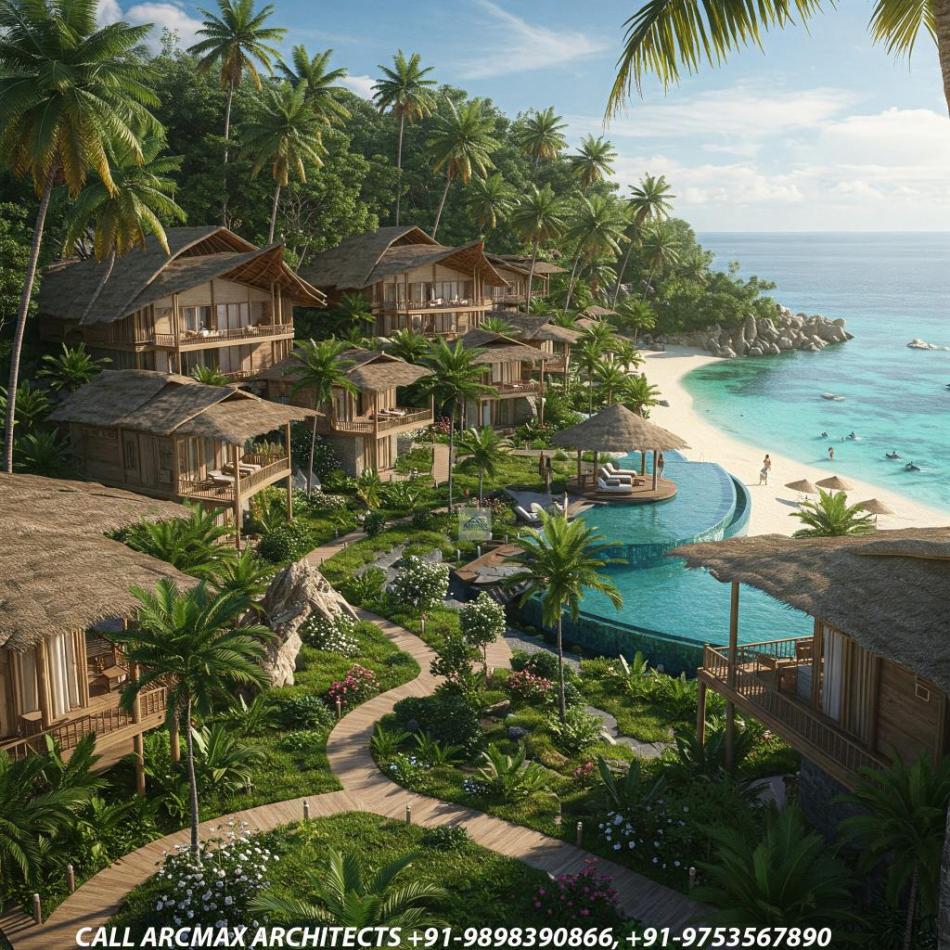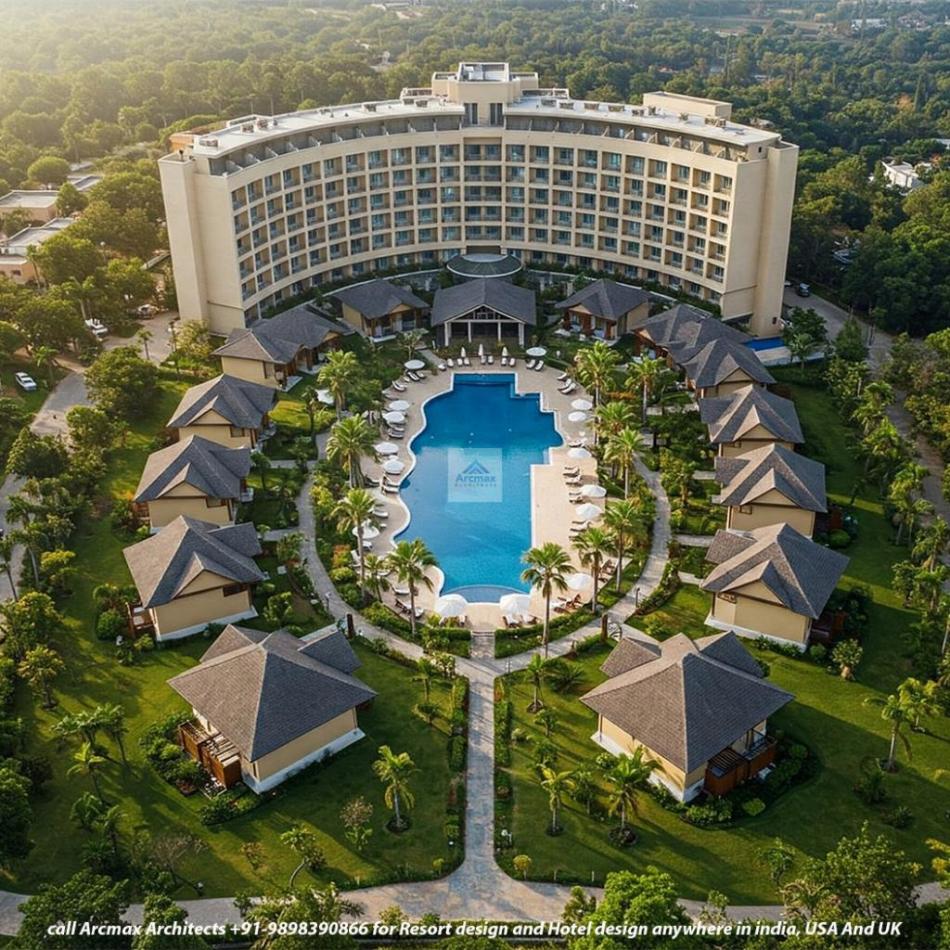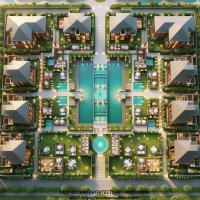Bakeri City, Pincode: 380015 Ahmedabad, Gujarat, India,
244 Madison Avenue, New York, United States
Our Client






Resort Landscape Design and Planning
Arcmax Architects are among the best companies specializing in designing and planning resort landscapes. The projects executed not just in India but in the USA, UK, and South Africa vouch for an innovative detailing, approach, and use of sustainable practices that stand unrivaled in the market. Results in the resort landscape can only be unique, functional, and visually appealing and ideally integrated into the landscape to improve guest experiences. The worldwide exposure of Arcmax Architects guarantees the capability of thinking across cultures and regions, and that is the reason why it is being sought after all over the world for resort landscape designing projects.
Resort Landscape Design and Planning: Call Arcmax Architects +91-9898390866
Resort landscape design and planning is an intricate process that combines aesthetics, functionality, and sustainability to create an inviting and memorable environment for guests. A well-designed landscape enhances the overall guest experience, providing serene and beautiful surroundings that complement the resort's architecture and amenities. Here are the key elements to consider when planning and designing a resort landscape.
1. Site Analysis and Concept Development
The first step in resort landscape design is a thorough site analysis. Understanding the site's topography, soil conditions, climate, and existing vegetation is crucial for developing a suitable landscape concept. This analysis helps identify opportunities and constraints, ensuring that the design maximizes the site's natural features while addressing any challenges.
Concept development involves creating a cohesive vision for the landscape that aligns with the resort's theme and branding. Whether the resort is a tropical paradise, a rustic retreat, or a modern luxury escape, the landscape design should reflect and enhance the overall theme.
2. Integration with Architecture
A successful resort landscape seamlessly integrates with the resort's architectural design. Pathways, gardens, and outdoor spaces should complement the building structures, providing a harmonious transition between indoor and outdoor environments. This integration enhances the aesthetic appeal and creates a unified resort experience.
3. Functional and Recreational Spaces
The landscape design should include a variety of functional and recreational spaces to cater to different guest activities and preferences. Key areas to consider are:
Swimming Pools and Water Features: Pools, fountains, and ponds can serve as focal points and provide a refreshing escape for guests.
Outdoor Dining and Lounge Areas: Comfortable seating areas and outdoor dining spaces allow guests to enjoy the beautiful surroundings while relaxing or dining.
Gardens and Green Spaces: Lush gardens, manicured lawns, and natural green spaces offer peaceful retreats and opportunities for leisurely strolls.
Sports and Fitness Areas: Tennis courts, jogging trails, and fitness zones provide options for active recreation.
Kids’ Play Areas: Dedicated play zones with safe and engaging equipment cater to families with children.
4. Plant Selection and Placement
Selecting the right plants is crucial for creating a sustainable and visually appealing landscape. Native and drought-tolerant plants are ideal choices, as they require less maintenance and water. The placement of plants should consider factors such as sunlight, soil conditions, and aesthetics. Layered planting, with a mix of trees, shrubs, and ground cover, adds depth and variety to the landscape.
5. Sustainability Practices
Sustainability is a key consideration in modern landscape design. Implementing eco-friendly practices helps reduce the environmental impact and enhances the resort's appeal to environmentally conscious guests. Key sustainable practices include:
Water Conservation: Efficient irrigation systems, rainwater harvesting, and the use of drought-tolerant plants help minimize water use.
Energy Efficiency: Solar-powered lighting and energy-efficient fixtures reduce the resort's carbon footprint.
Waste Management: Composting organic waste and recycling materials contribute to a greener resort operation.
6. Lighting and Ambiance
Strategic lighting enhances the landscape's beauty and functionality, allowing guests to enjoy outdoor spaces after dark. Ambient lighting, such as pathway lights and uplights for trees, creates a warm and inviting atmosphere. Task lighting in dining and lounge areas ensures visibility and safety. Accent lighting can highlight architectural features and focal points, adding drama and visual interest.
7. Cultural and Local Elements
Incorporating cultural and local elements into the landscape design adds authenticity and enriches the guest experience. Features such as sculptures, art installations, and traditional architectural elements can reflect the local heritage and create a sense of place.
8. Guest Experience and Comfort
The ultimate goal of resort landscape design is to enhance the guest experience. Comfortable seating, shaded areas, and accessible pathways contribute to guest comfort and convenience. Thoughtful design that considers guest needs and preferences ensures a memorable and enjoyable stay.
Resort landscape design and planning is a multifaceted process that requires careful consideration of various elements to create a harmonious and appealing environment. By focusing on site analysis, integration with architecture, functional spaces, plant selection, sustainability, lighting, cultural elements, and guest comfort, designers can create landscapes that enhance the beauty and functionality of the resort. With the right approach, resort landscapes can become key attractions that leave lasting impressions on guests, encouraging them to return and recommend the resort to others.

